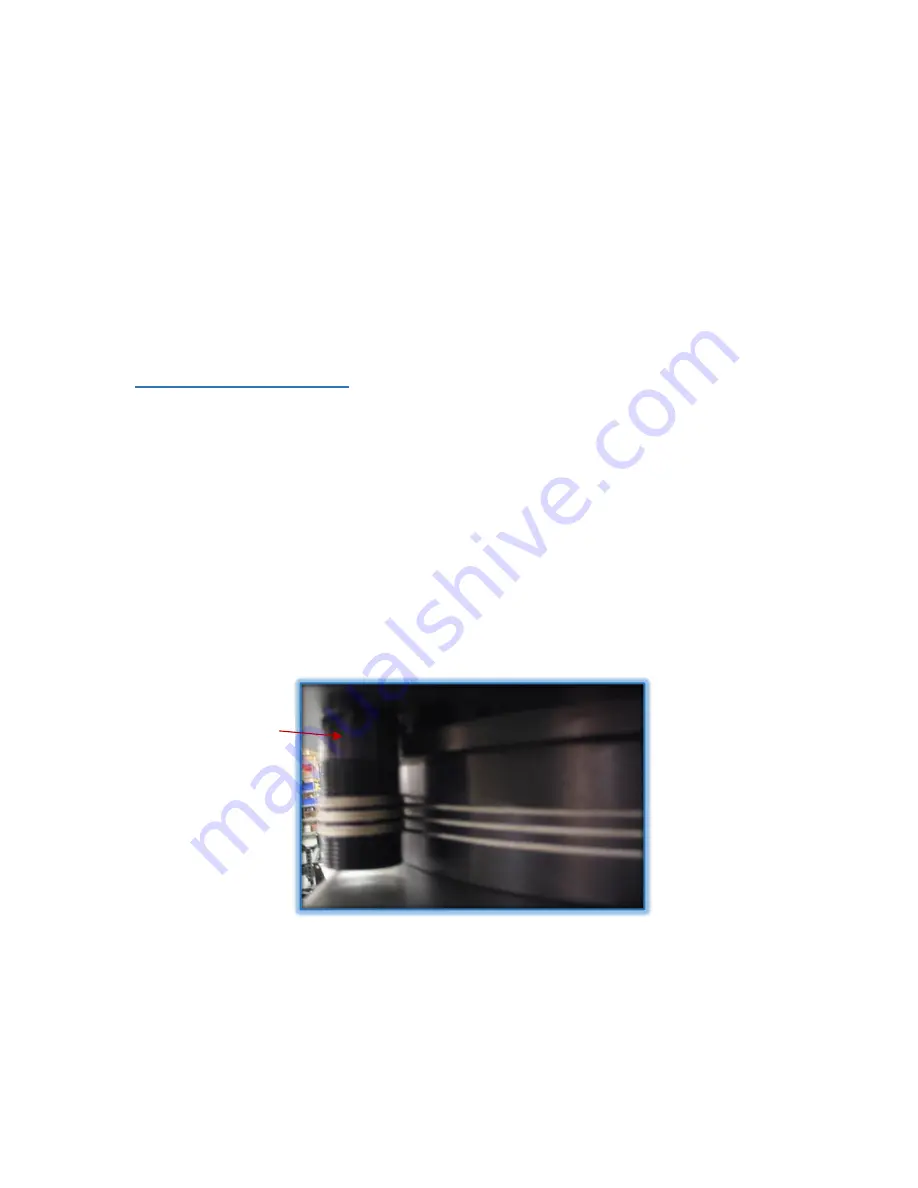
AvL Proprietary and Confidential
Content is Subject to Change without Notice
Page
137
of
195
All three of the axes are motorized and equipped with position feedback sensors that quantify
positioner / antenna pointing in the pedestal coordinate system. Additional sensors on the antenna
system such as GPS, magnetic compass and tilt sensors provide critical information that determines
the antenna pedestal’s location and orientation relative to the Earth and its geosynchronous
communication satellites. This motorized system and all of its sensors are managed by an ACU
function that is completely hosted on the antenna system.
When properly equipped, deployed and operated, the antenna system is capable of automatically
locating and acquiring the downlink signal of any visible geosynchronous communications satellite
within its range of motion based solely on the satellite’s longitude.
7.2 Antenna Drive System
The Drive systems for Azimuth, Elevation and Polarization along with their respective sensor
components are described below.
7.2.1 Azimuth Cable Drive
The AvL cable drive system produces a drive system with zero backlash, high stiffness, no wear, no
lubrication, and maximum reliability. The system consists of stainless steel aircraft control cables
reverse wrapped twice around the grooved capstan, and once around the drum, with solid
connections on one end and high force Belleville springs on the other end. The additional cables are
used to provide increased stiffness and drive redundancy. The Azimuth drive components are
described in this section.
Figure 7.2.1a - Azimuth Capstan
If a cable becomes damaged during usage, remove the cable and continue to use the positioner. The
positioner is designed to operate using a single cable if necessary. When time permits the damaged
cable should be repaired by an authorized service facility.
Azimuth Capstan















































